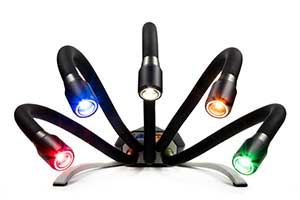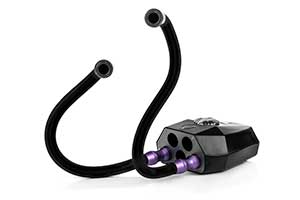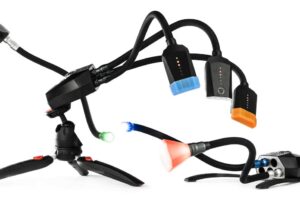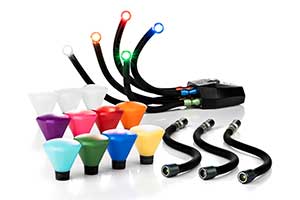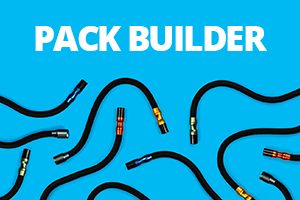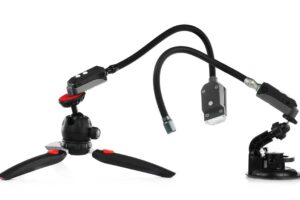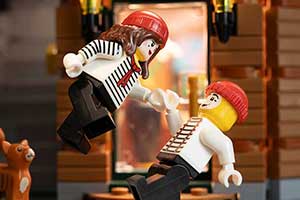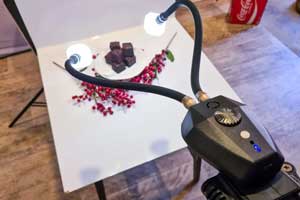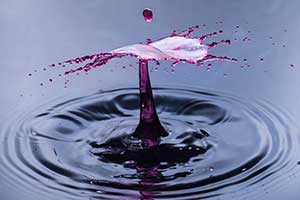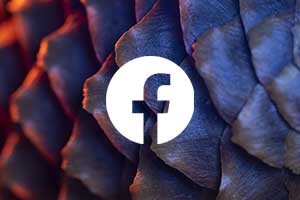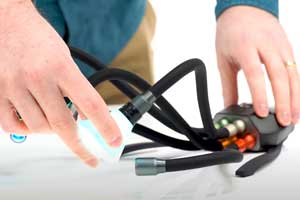How to Photograph Hoverflies in Macro – Watch on YouTube

Hoverflies are a fantastic subject for macro photography. They’re easy to find, especially in summer, and they tend to stay still just long enough to capture some detailed shots. In this tutorial, we’ll explore how to photograph hoverflies in macro using a simple setup and natural lighting conditions, enhanced with adaptable lighting from Adaptalux.
Whether you’re in your back garden or out in a local park, hoverflies are all around. With a bit of patience and the right kit, it’s easy to capture their beautiful colours, delicate wings, and fascinating behaviour.
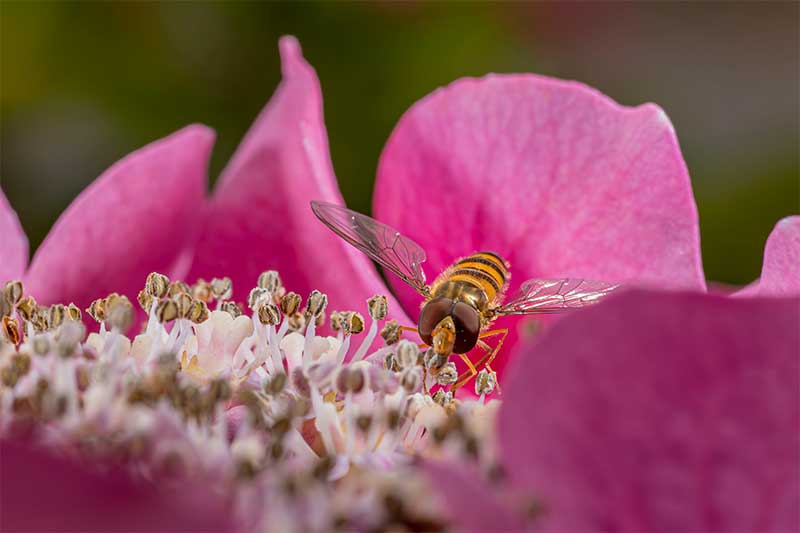
Where to Find Hoverflies
Hoverflies are common in gardens. They love colourful flowers, especially those with wide, flat petals. A large bush in full bloom will often attract dozens of them. Because they tend to hover or rest on the flowers for extended periods, they make excellent macro subjects.
These insects are also important pollinators. While bees often get most of the attention, hoverflies quietly go about their work in the background. That makes them not only interesting to photograph but also valuable to the environment.
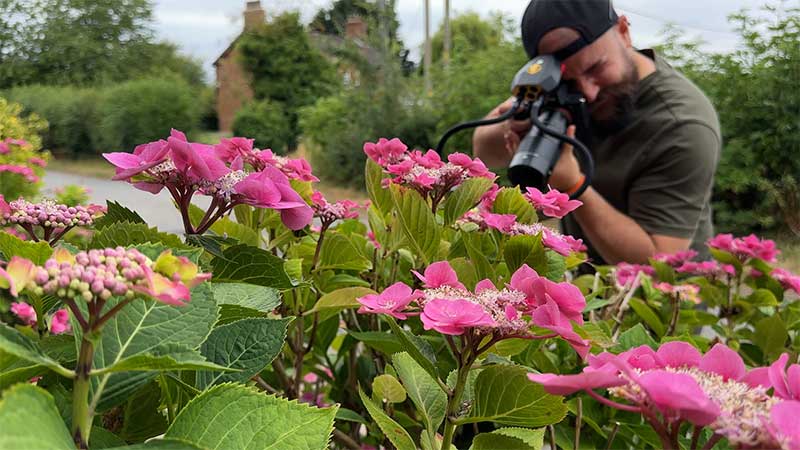
The Gear You Need
This tutorial uses a Sony A7 III paired with the TTArtisan 100mm f/2.8 2x macro lens. It’s a manual lens, so focusing takes a little practice. However, it offers good magnification and allows you to keep some distance between the camera and the subject, which helps avoid scaring the hoverflies away.
Lighting is provided by the Adaptalux Xenon Flash Arms. These attach to a Control Pod 3 and are mounted on the camera using a flash trigger. The flexible arms allow precise control of light direction and intensity, which is essential when working with live insects.
Hoverflies move quickly, but the Xenon flash arms are powerful enough to freeze motion, even in bright daylight. Being able to position one arm from above and another from the side helps highlight the hoverfly’s features and control background shadows.
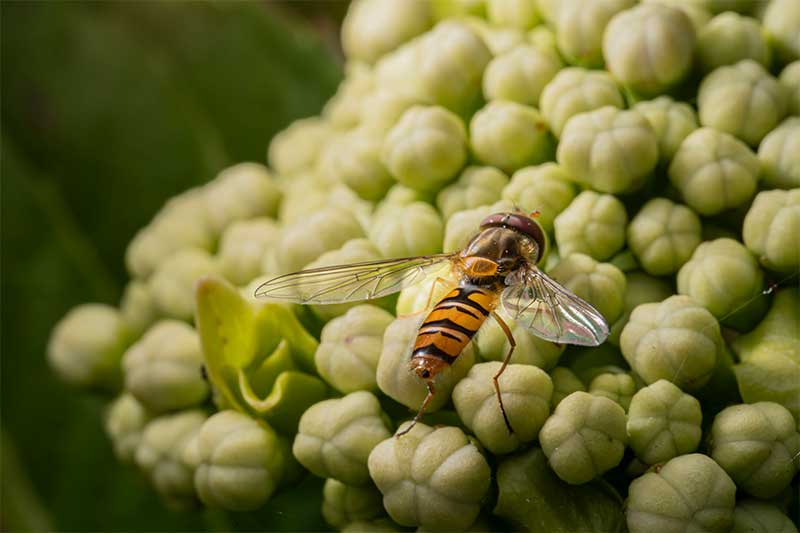
Manual Focus Tips
When using a manual lens, the easiest way to focus is by physically moving the camera closer or further from your subject. Adjusting the lens itself changes both the magnification and focus point, which can affect your composition.
Try moving slightly in or out to shift focus without touching the lens. There’s a knack to this movement which you will soon pick up, but remember that even tiny moves change focus, so you might have to concentrate more than usual!
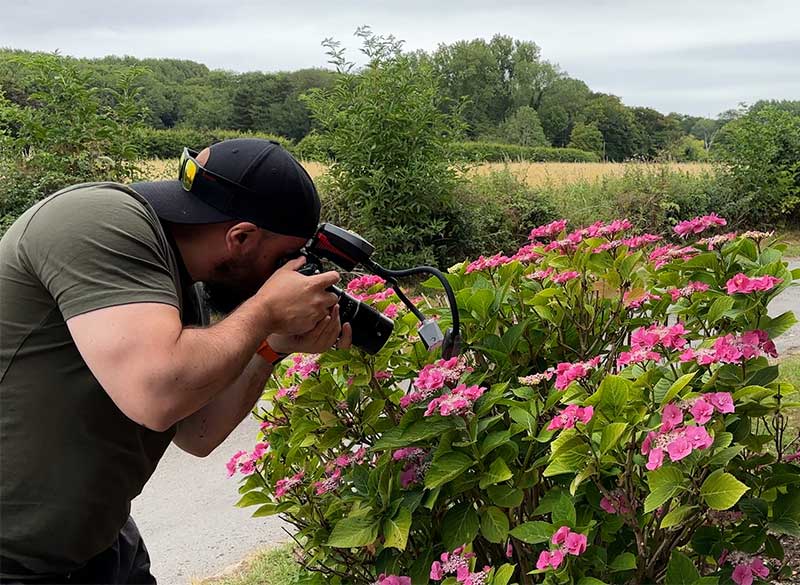
Handholding the camera helps with this little movement technique, its a bit tricky on a tripod.
Also, since the flash arms are mounted to the camera, your lighting will move with you. This keeps the subject well lit, even as you shift your position.
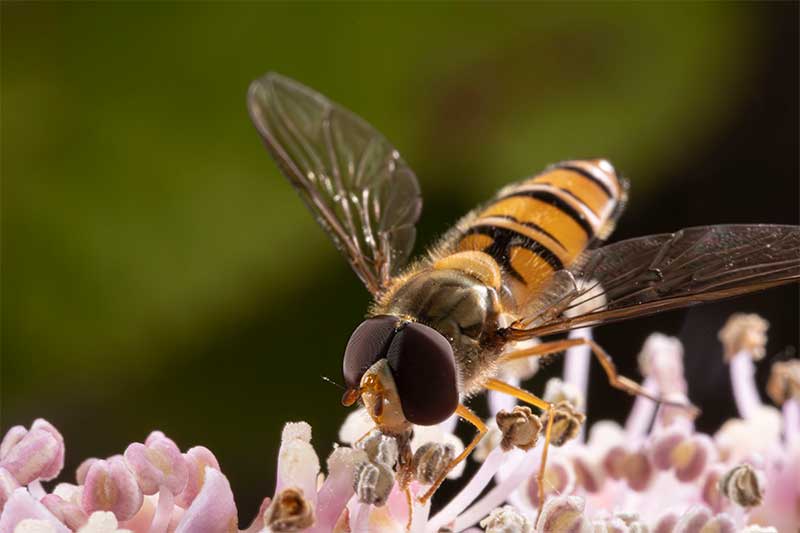
Focusing on the Eyes
The most important part of any insect macro shot is the eyes. Hoverflies have large compound eyes that are the main focal point for the viewer. If they’re not in focus, the image will look slightly off.
It’s tempting to focus on the wings or legs, especially when they catch the light, but keeping the eyes sharp should be your priority. Use focus peaking if your camera has it. This shows a coloured highlight on in-focus areas, helping you judge focus without relying on the screen or viewfinder.
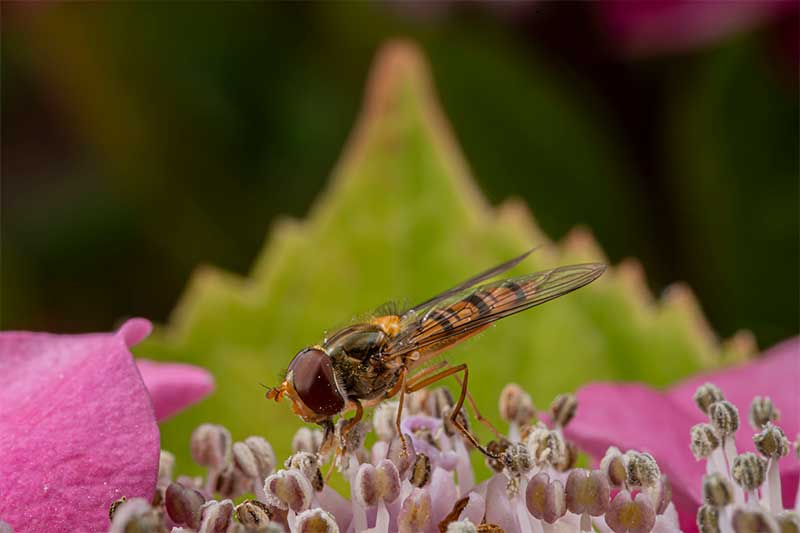
Composing Your Shot
Look for hoverflies resting on flowers at eye level. This gives you a nice working angle without needing to crouch or reach awkwardly. It also opens up the opportunity for a variety of compositions, shooting from the side, below, or above depending on where the hoverfly lands.
They’re often very tolerant of your presence and can sit still for several minutes. Use this time to adjust your lighting, try different compositions, and experiment with background colours created by the surrounding foliage or lighting.
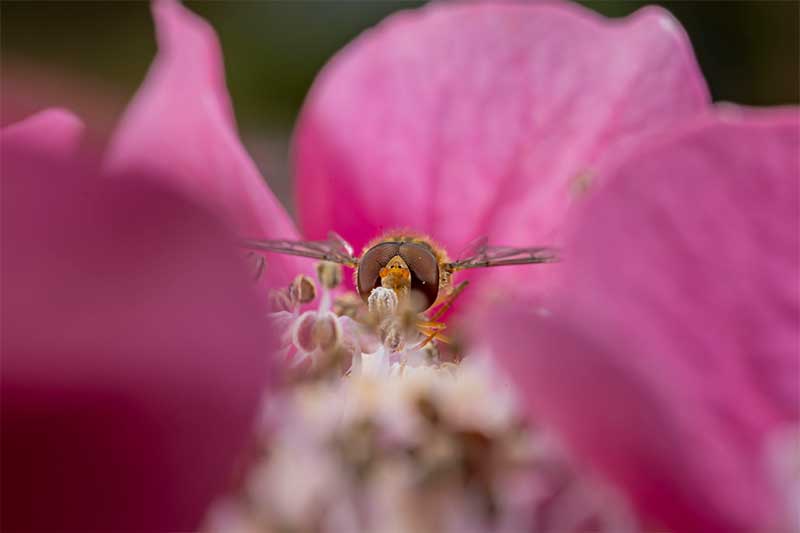
Lighting Techniques
Position your Adaptalux flash arms to light the subject from multiple angles. One from the top and one from underneath works well, especially when you want to separate the insect from the background. You can easily reposition the arms to light the background more directly or reduce shadows on the petals.
Flash power can be adjusted with the button on each arm, with five levels of intensity. This makes it quick to adapt to your environment without changing camera settings. Even in bright sunlight, the Xenon flash has enough output to overpower ambient light and give you full control over the look of the image.
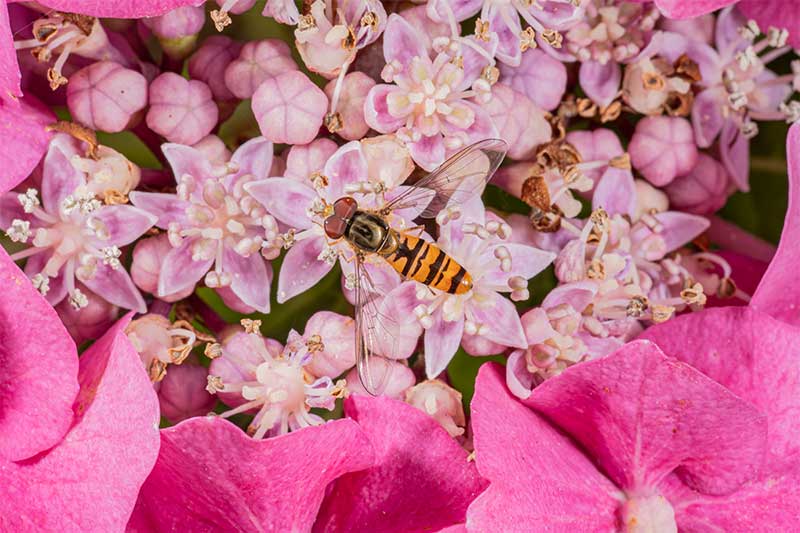
Hoverfly Macro for Practice and Patience
Shooting hoverflies in the garden is a great way to practice macro photography. The subject is easy to find, the setup is simple, and the conditions are forgiving. Once you’ve mastered capturing hoverflies, you’ll find it easier to photograph more elusive insects like bees or wasps
.
With the right lighting and a bit of patience, even common insects can result in striking images. Try heading outside with your macro kit and see what you can find, there’s a whole world of tiny subjects waiting to be discovered.
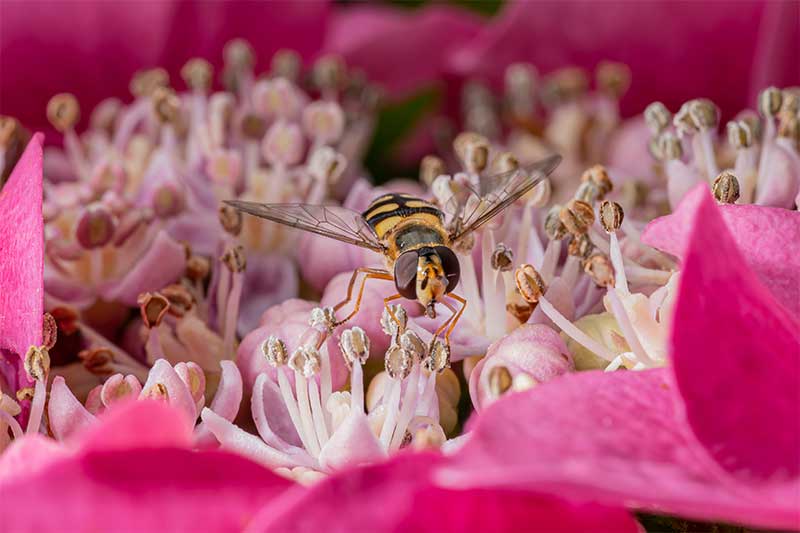
Want to explore more creative macro photography techniques? Check out the other tutorials on our blog and YouTube channel. With the Adaptalux Studio, there’s no limit to what you can create!
Remember to subscribe to our YouTube channel for regular macro photography tutorials, ideas and inspiration.
- Creative Car Photography – Inside Engines with the Laowa 15-35mm Probe Zoom Lens - 14th December 2025
- Abstract Water Macro Photography – Creative Photography in the river! - 30th November 2025
- Creating Fantasy Mushroom Scenes with LED Macro Lighting - 16th November 2025

